“Enforcing the COVID19 protocols in panchayat elections has been a nightmare”
The last phase of Uttar Pradesh panchayat elections is underway today, amid the surge of COVID-19 cases and deaths. While the state government and the high court have been shifting the blame, how feasible is it to implement the COVID protocols in India’s most populous state with over 200 million population? A Gaon Connection report.
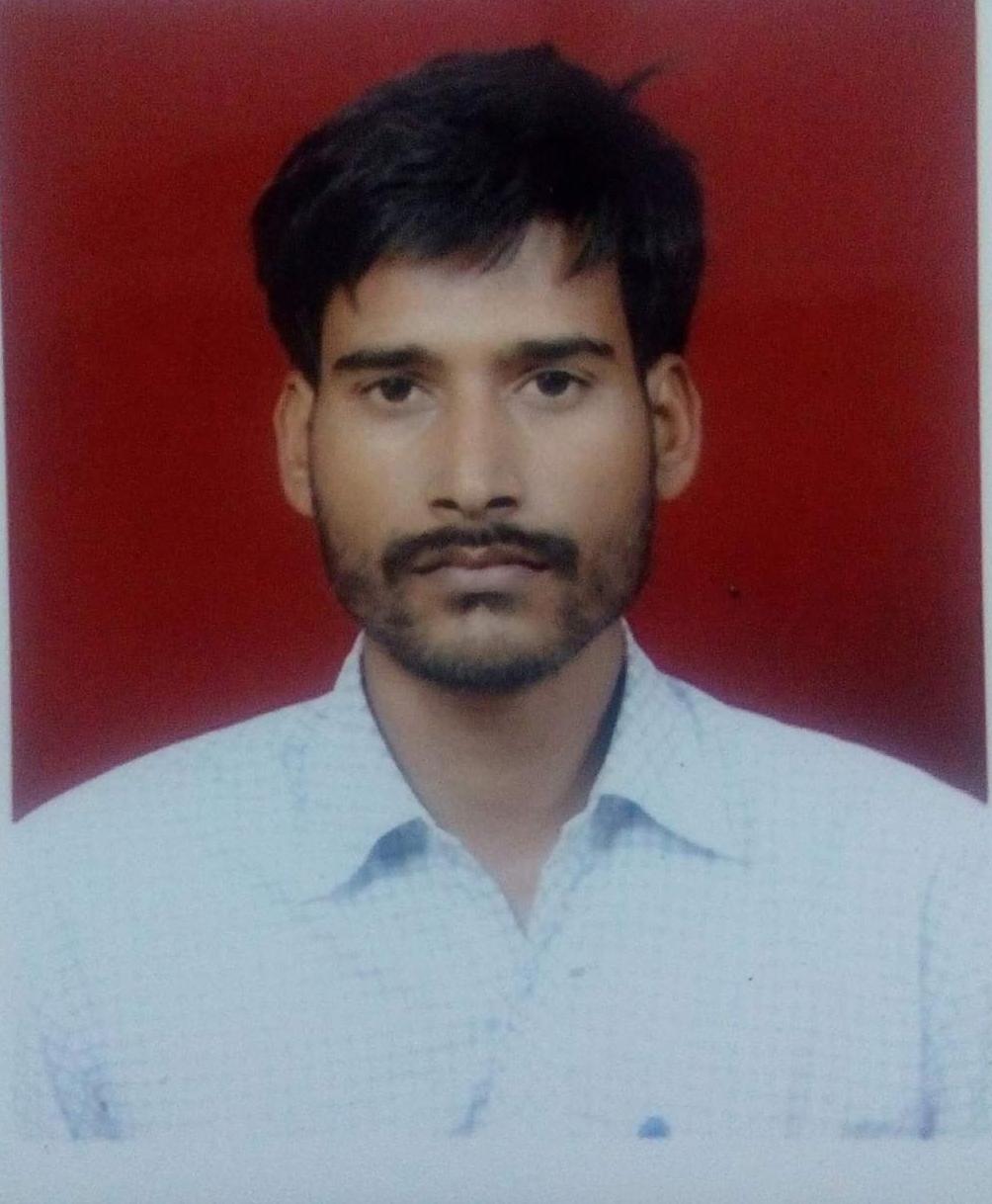
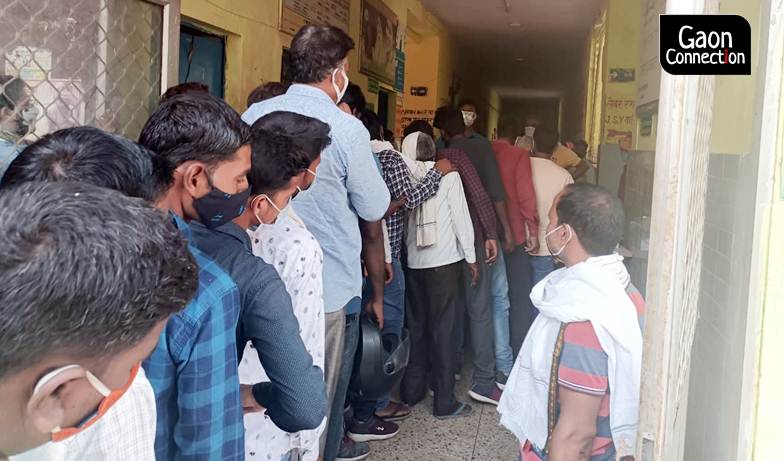
Voters queued up to cast their votes in Uttar Pradesh's Barabanki district. Photo by Virendra Singh
The birds are loud today at Kasrak village in Shahjahanpur. They set up a cacophony, as below them long lines form outside the classrooms of a primary school. It is not yet nine in the morning and people are already waiting to cast their votes in the Uttar Pradesh (UP) gram panchayat elections. Most of them hunker down while a couple of men, possibly election officials, have managed chairs that they have drawn up under a convenient tree.
At Khairpur about two to three kilometres away, the scene is similar. A lone policeman stands at the gate, rather ineffectually trying to regulate the people going in to vote.
Amid a raging COVID19 pandemic, India’s most populous state UP is winding up the fourth and the last phase of its panchayat elections that kicked off on April 15. These panchayat elections have been in the eye of the storm as they have faced criticism from almost all quarters, including the Allahabad High Court which recently pulled up the UP State Election Commission for not ensuring COVID-19 protocols were followed during the polling.
Also Read: Allahabad High Court issues show-cause notice to UP State Election Commission on panchayat elections

“Corona guidelines may have been issued by the authorities, but those protocols remain largely on paper, with few in the villages aware of them,” Parmanand Puri of Khataua village in Shahjahanpur, told Gaon Connection. “Physical distancing does not come easily to people in rural areas. It is alien to them… They will gather in groups and discuss matters. That is the way of a village,” he said. “But, the elections could have been postponed for the sake of humanity,” he added.
Election officials, too, are finding it hard to ensure physical distancing at polling centres. “Never have the challenges of holding panchayat elections been so great as it has been this year,” said an election official at Shahjahanpur. “Enforcing the COVID 19 protocols in the panchayat elections has been a nightmare and well nigh impossible to do so in their entirety. And in rural areas the challenges are even more,” he added.
At Shalpur Navadiya village, an overwhelming number of people turned up to vote, amongst them Ramdevi, who was in her 80s. She said she knew she had to wear a mask but was unaware of any other protocol to be followed. With a dupatta wrapped around her mouth and nose, she said, “All I know is that I have to cast my vote. No one has told me about anything else,” she said.
Blame game
Controversy and conflict have dogged the Uttar Pradesh panchayat elections. The four-phased panchayat elections in the state commenced on April 15 and the counting of votes and declaration of results will take place on May 2. Three phases of the panchayat elections are over and the fourth phase is underway today, on April 29.
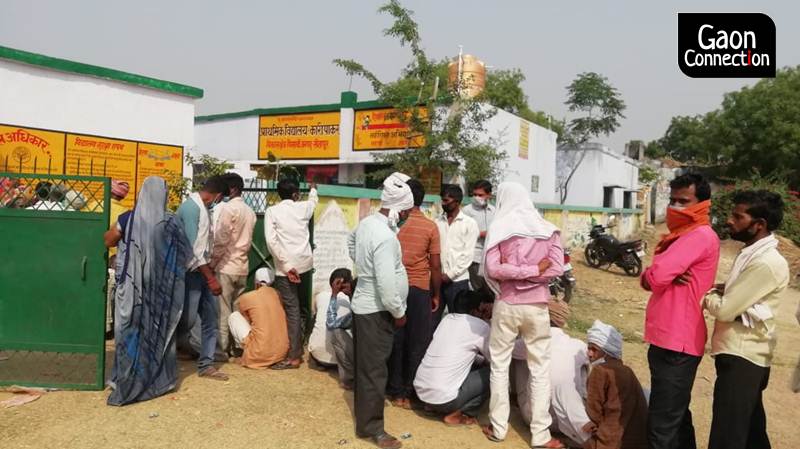
Two days ago, on April 27, the Allahabad High Court issued a show cause notice to the UP State Election Commission demanding an explanation as to why COVID 19 protocols were not adhered to. According to the high court, there were several allegations that neither the police nor the election commission did anything to prevent the spread of the contagion.
The court directed the state election commission to immediately take all such measures in the forthcoming phases of panchayat elections (fourth phase today) to ensure COVID guidelines of physical distancing and face masking are compiled with. “Else action is liable to be taken against the officials involved in the election process,” reads its April 27 order.
Meanwhile, on April 25, the state government had blamed the Allahabad High Court for forcing it to hold the panchayat elections. In a press statement, the state government said: “Contrary to the misinformation campaign against the Yogi government, the decision to conduct the elections of the Gram Panchayats stemmed from the directions of the Allahabad High Court to the Government of the State of Uttar Pradesh.”
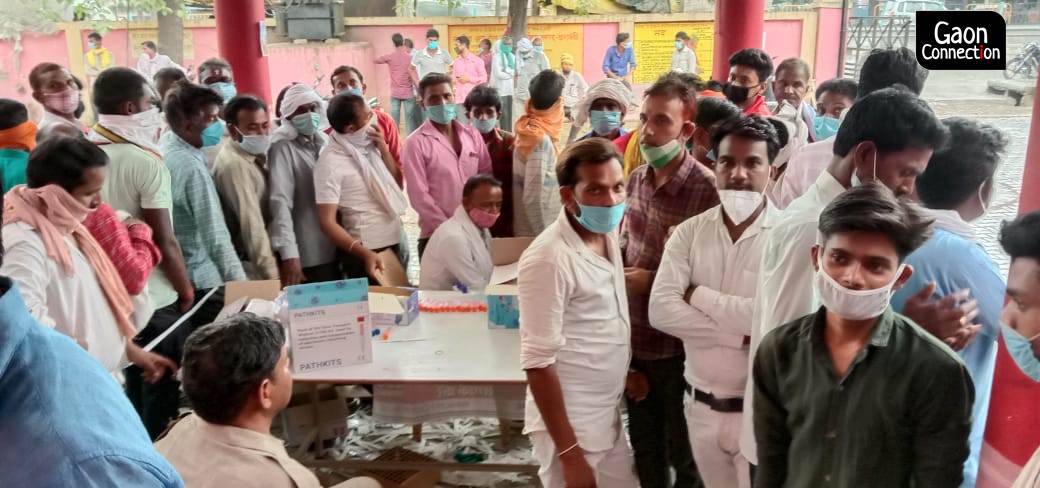
Protests against these elections are building up as the state-level body of the Rashtriya Shaikshik Mahasangh, a teachers’ union, has threatened to boycott the vote-counting scheduled for May 2. It claims that at least 32 teachers in Lakhimpur Kheri district of the state have died of COVID19 due to poll duties.
In a letter addressed to the Uttar Pradesh State Election Commission on April 26, the state-level teachers’ union appealed to postpone the vote-counting of the panchayat elections. “So far, we have counted deaths of 32 union teachers due to COVID, which they contracted during the election duty,” Santosh Maurya, head of Rashtriya Shaikshik Mahasangh’s Lakhimpur Kheri unit, told Gaon Connection.
Also Read: Teachers’ union threatens to boycott UP panchayat elections and vote-counting exercise
Elections and COVID protocols
In the claims and counterclaims, accusations and justifications between the high court and the state government, the question of ground reality is lost. What are these COVID19 protocols to be followed during elections? How difficult is it to enforce them? How many people are really aware of them and are willing to follow them?
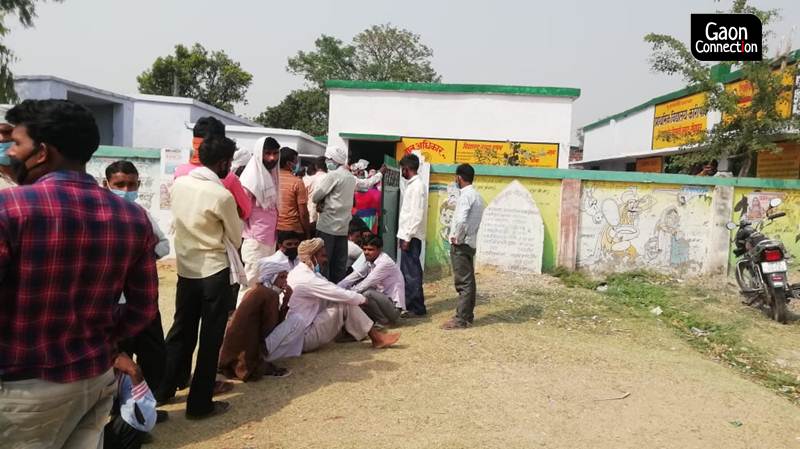
The COVID-19 protocols are clear enough. They explicitly state what should be done and not done. Elaborating on these protocols, Rakesh Kumar Singh, assistant district election officer from Azamgarh district, told GaonConnection: “Not more than three people could be on the campaign trail; they were not to take out processions; and were to wear masks all the time.”
“Protocol awareness has been disseminated mainly by the media… We could not do more than this. It is not possible to personally explain the protocols to the candidates,” Singh said.
Meanwhile, for those who were in the field trying to uphold democracy and ensure a smooth election process, the experiences have been harrowing, as they tried to maintain COVID 19 protocols in overwhelming crowds.
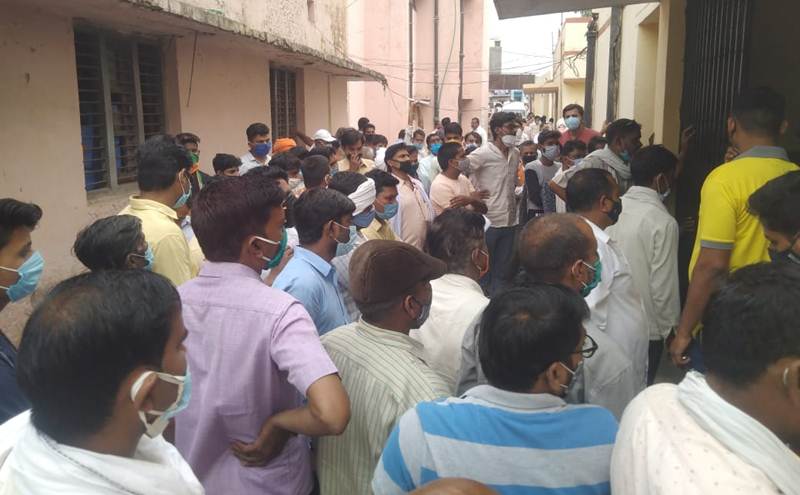
“There was just one policewoman to control nearly 200 female voters at Bisauli tehsil, Budaun, on April 19 during the second phase of the election,” a police worker told Gaon Connection. “All those on election duty could only repeatedly request them to maintain physical distancing, but it was stressful, as many of the women were argumentative and got into a fight ,” he added.
“We explained to the various political parties about protocol in detail,” Prerna Sharma, chief development officer, Shahjahanpur district, told Gaon Connection. “We told them about keeping a physical distance of two yards at least, and wearing double masks. We told them to ensure discipline was maintained and all the protocols adhered to,” she added.
While the rules have been reiterated and police and election officials deployed to ensure they are followed, it has been a challenge, admitted Jagdish Jaiswal, section officer, state election commission, Uttar Pradesh.
“Social distancing is not possible when one has to collect the voting slip. And it is certainly impossible to maintain that distance while being inked. It is the same inkpad and marker that are used for everyone,” he pointed out.
Jaiswal also said that it was the responsibility of the district administration to ensure the COVID-19 protocol. When asked if the panchayat elections could not have been postponed, Jaiswal said, “It was the decision of the high court that the elections be held, and we are just following those directions.”

But, it is becoming obvious that the number of people deployed to enforce protocol are woefully inadequate. Controlling excited and excitable crowds is becoming difficult. Repeated announcements and appeals to them to maintain physical distancing, are falling on deaf ears. Adding to it is the heat of summer and the blazing sun.
Meanwhile, about 15 kms away from Kasrak, at Kapsera in Tilhar tehsil, everywhere one turns, there are groups of people standing around, with total disregard to any physical distancing norms. Under the trees, at the doorways of shops, near their parked two-wheelers, they are either waiting to vote or have voted already. Many of them are without a mask.
“We have strict instructions about the protocols, but enforcing them is quite another matter,” said a Lucknow-based senior official from the election commission, on condition of anonymity, to Gaon Connection. “The public does not cooperate, the crowds are overwhelming. Sometimes, it is scary. But we have no alternative. We cannot refuse to do our job. It is our livelihood,” he added. “We lost one of our own to COVID recently,” he said.
Written and edited by Pankaja Srinivasan

